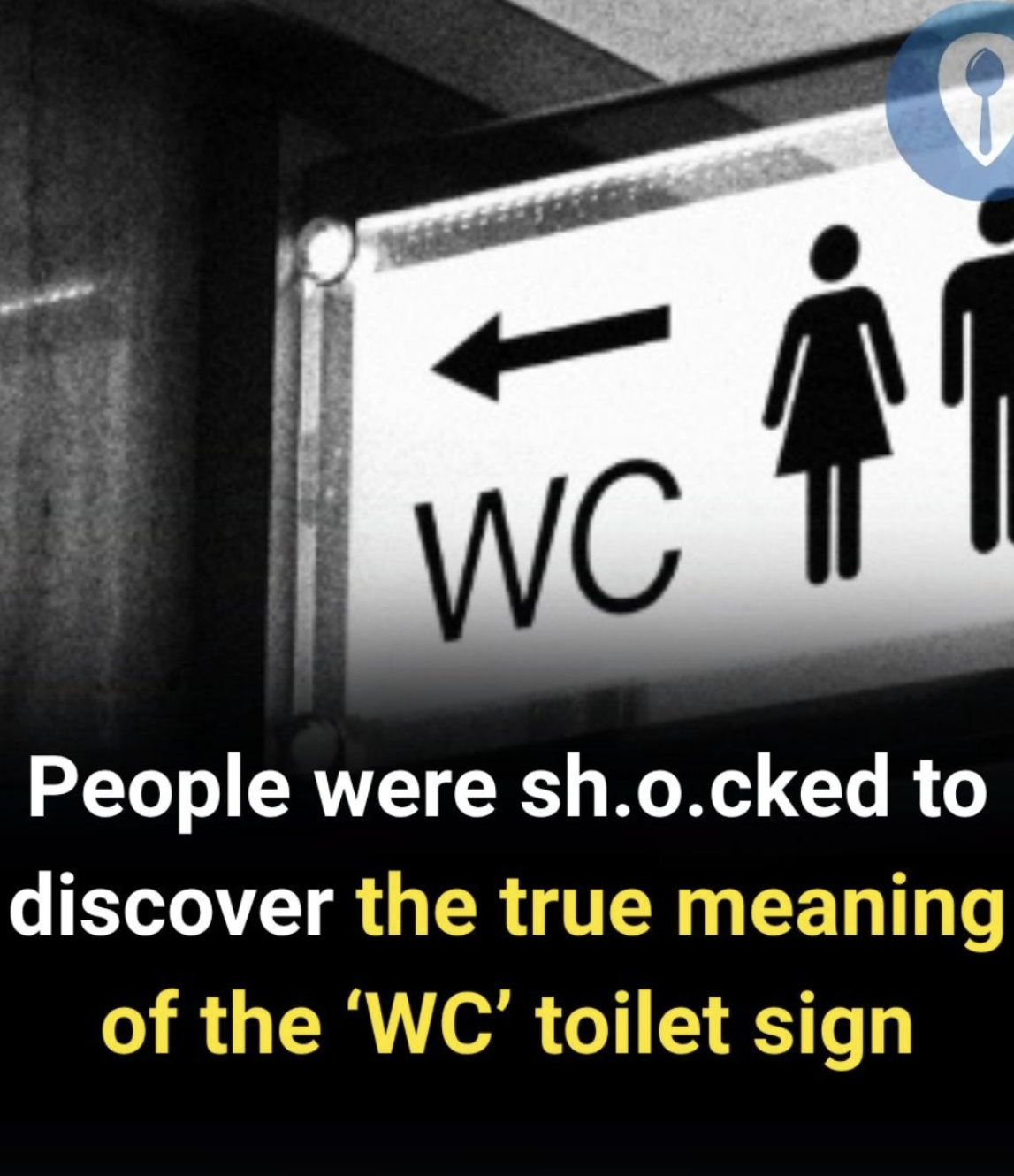Everyone Sees This Sign — But Not Everyone Knows Its Fascinating History
The little symbol you see on restroom doors — WC — is one of the most universal signs in the world. From train stations to restaurants, from hotels to airports, this simple label tells us where we can find a toilet.
But what does it actually stand for?
And how did something as essential as the modern flush toilet evolve from luxury to necessity — from novelty to global norm?
Let’s explore the surprising origin of the Water Closet , its journey through time, and why understanding this everyday symbol connects us to centuries of human progress.
🚽 What Does WC Mean?
WC stands for Water Closet — an old-fashioned term for a toilet room or restroom . While Americans often say “bathroom” and Canadians use “washroom,” people across Europe, Asia, and beyond still recognize WC as a sign for where they can relieve themselves.
A Water Closet typically includes:
A toilet (seat and flushing mechanism)
A sink for handwashing
Sometimes soap and towel dispensers
Though the design has evolved over time, the purpose remains unchanged: privacy, cleanliness, and basic human dignity .
Today, WC facilities are not only gender-specific but also inclusive — with gender-neutral restrooms , accessible toilets for people with disabilities , and family-friendly designs becoming more common.
🧠 The Concept Behind the Water Closet
Before indoor plumbing, humans had no choice but to relieve themselves wherever possible — behind bushes, in buckets, or communal pits.
